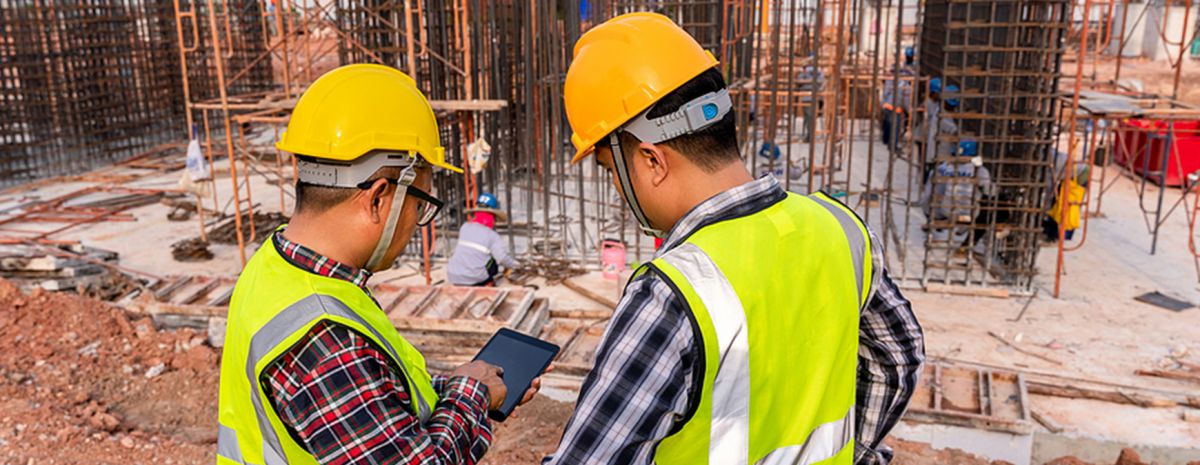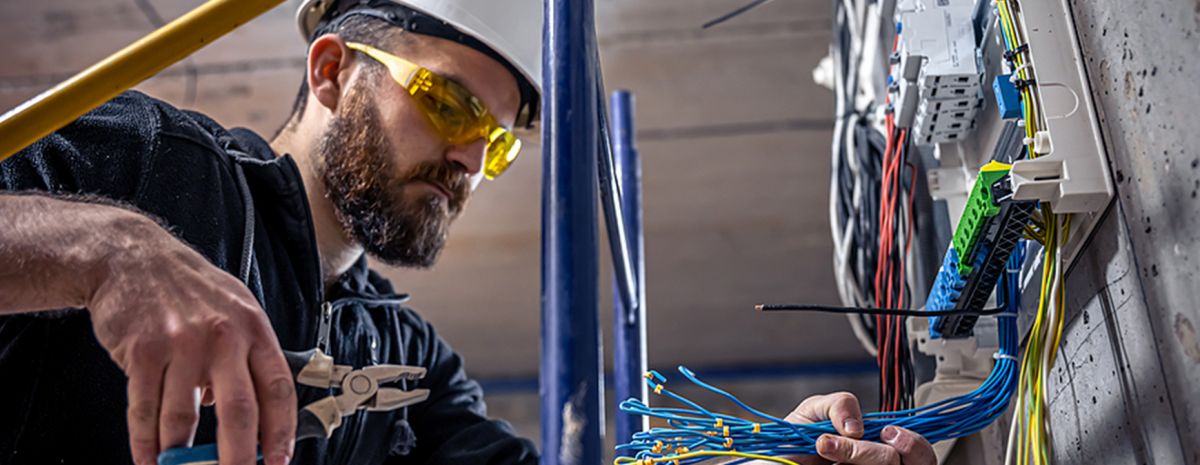
If the COVID-19 pandemic cost you your job, you might be wondering, “What’s next?”
With forced closures during lockdown, food service, hospitality and travel were some of the hardest hit sectors.
Many manufacturing plants and construction sites, however, were never forced to close. Why? Because the U.S. Department of Homeland Security deemed them part of the “Essential Critical Infrastructure Workforce.”
See why there could be jobs in the manufacturing and construction industries in the coming months—and years—in this article.
Manufacturing and Construction Workers Are Essential
Many businesses were forced to close to help slow the spread of the COVID-19 virus, but the entire country couldn’t simply grind to a halt. Some sectors needed to keep running because they’re considered “critical to public health and safety, as well as economic and national security.”
Get Started on the Path to a New Career
Fill out our form to learn how we can help you change your life.
The U.S. Department of Homeland Security’s Cybersecurity and Infrastructure Security Agency (CISA) identified these industries, or more specifically the workers in them, on its “Advisory Memorandum on Identification of Essential Critical Infrastructure Workers During COVID-19 Response.”
Manufacturing Essential Workers
Manufacturing and construction workers appear several times on CISA’s list of essential workers. For example, the section of the list covering “Critical Manufacturing” cites workers in the following manufacturing sectors:
- Metals (including steel and aluminum)
- Industrial minerals
- Medical supplies
- Semiconductors
- Transportation
- Aerospace
- Communications
- Energy
- Food and agriculture
- Information technology
- Chemicals
- Wood products
- Nuclear facilities
- Power generation facility fuel commodities
- Dam equipment
- Defense industrial base equipment
Construction Essential Workers
Construction workers appeared throughout CISA’s list in the energy sector, the petroleum industry, natural gas sector, public works and infrastructure support services, communications and information technology and many more.
For example, in the public works sector, construction workers are needed to maintain and rehabilitate critical infrastructure. CISA specifically named plumbers, builders, HVAC technicians and electricians supporting the sanitation, safety and essential operation of businesses, residences and buildings essential workers.
Workers who support the inspection, maintenance and operation of bridges, traffic signals, emergency location services for buried utilities and other critical public works facilities are considered essential.
In the energy industry, workers supporting renewable energy infrastructure, such as wind, solar power and geothermal, are deemed essential. So, solar photovoltaic installers may have gotten the green light to keep working during the lockdown.
If manufacturing and construction workers were considered essential during the shelter-in-place orders, there’s a good chance there will be a need for them in the coming months and years. And that could mean jobs for those with the right skills for these industries.
Layoffs Less Likely in Manufacturing and Construction
Not only are many manufacturing and construction workers essential to the continued operation of critical infrastructure and industries but they can also be expensive to retrain and rehire.
Instead, employers in these industries may count on workers taking measures when they clock in to prevent the spread of COVID-19. What kind of measures? Likely some of the guidelines the Occupational Safety and Health Administration (OSHA) recently published for construction workers during COVID-19.
Looking at Manufacturing and Construction Employment Numbers
The federal government thinks they’re essential workers. Economists think they may be less likely to be laid off. But what does the data suggest about how manufacturing and construction workers could come out of this pandemic?
Job Growth for Manufacturing and Construction Workers

Some occupations in these industries are set to see long-term employment growth.
Manufacturing
Sheet Metal Workers
These workers fabricate or install items made of thin sheets of metal. 20% of sheet metal workers were employed in the manufacturing industry in 2020.1 The BLS predicts 4% job growth for these workers through 2030.2
Construction
Electricians
The construction industry is the top employer of electricians, keeping 65% of them installing, maintaining and repairing electrical power, lighting, communications and control systems. Electricians are set to see 9% job growth through 2030.3,4*
You can look up the job growth and career information for other construction and manufacturing occupations in the Bureau of Labor Statistics’ database of occupational profiles.
Train for a Career in Construction
If you’re interested in entering the construction industry, vocational training can be one way to prepare. In fact, it’s not uncommon for electricians to start out at a trade school in an electrician training program, where they can learn the basics of electricity before getting more on-the-job training.
Get in touch with The Refrigeration School to find out what electrician training could hold in store for you. Call 866-820-0823 today.
Additional Sources
*According to BLS data Arizona employed 13,650 Electricians (47-2111) through May 2020. According to BLS data Florida employed 41,900 Electricians (47-2111) through May 2020: http://data.bls.gov/oes.
1https://www.bls.gov/OOH/construction-and-extraction/sheet-metal-workers.htm#tab-3
2https://www.bls.gov/OOH/construction-and-extraction/sheet-metal-workers.htm#tab-1
3https://www.bls.gov/OOH/construction-and-extraction/electricians.htm#tab-1
4https://www.bls.gov/ooh/construction-and-extraction/electricians.htm#tab-3
This blog has been labeled as archived as it may no longer contain the most up-to-date data. For a list of all current blog posts, please visit our blog homepage at https://www.rsi.edu/blog/

